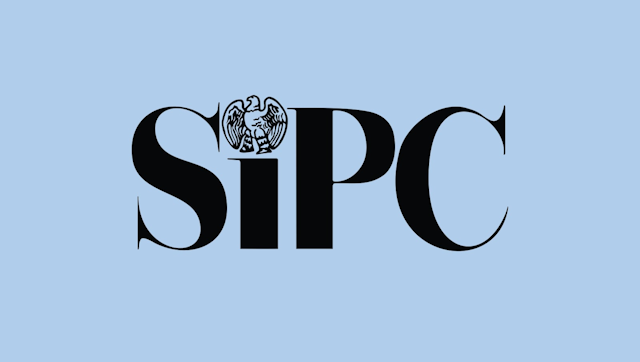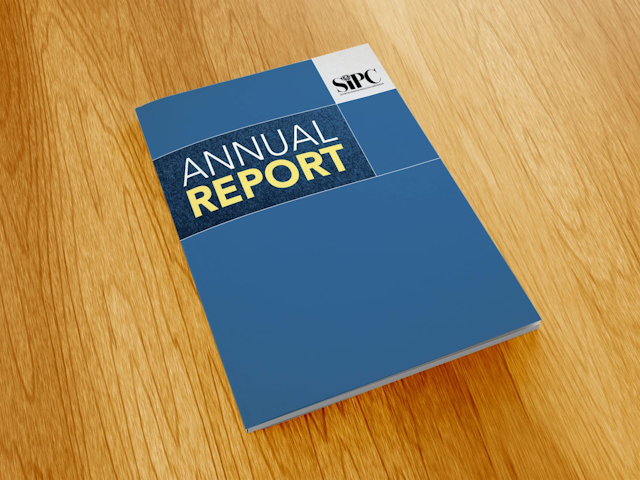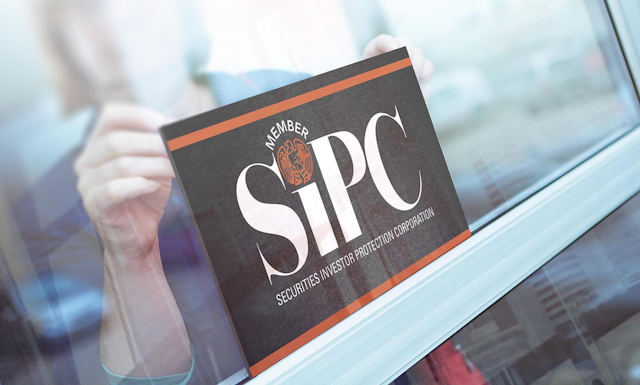WASHINGTON, D.C. -- April 13, 2005 -- The Securities Investor Protection Corporation (SIPC), which is chartered by the U.S. Congress to maintain a special reserve fund to protect the customers of insolvent brokerage firms, and its Canadian counterpart, the Canadian Investor Protection Fund (CIPF), have signed a memorandum of understanding (MOU) in order to work together more closely in the event of the insolvency of a brokerage firm doing business in both the United States and Canada.
SIPC President Stephen Harbeck said: "SIPC and the CIPF have had an excellent relationship for over 30 years. The new Memorandum of Understanding gives a structure to that relationship and that will work to the benefit of investors. The MOU provides for cooperation and efficient handling of claims from investors where there are cross border issues. We will also exchange information on a regular basis."
CIPF President Rozanne Reszel said: "CIPF is pleased to be a party to the MOU with SIPC. With the globalization of the investment industry, CIPF considers it essential to collaborate across borders with other compensation funds to ensure that investor claims will be dealt with expeditiously on an equitable basis."
The SIPC-CIPF Memorandum of Understanding is the second such agreement for SIPC. In February 2004, SIPC executed a similar accord with the Financial Services Compensation Scheme, a SIPC-like entity that provides protection to investors in the United Kingdom.
From its creation by the U.S. Congress in 1970 through December 2003, SIPC has advanced $587 million in order to make possible the recovery of $14.0 billion in assets for an estimated 628,000 investors. SIPC estimates that more than 99 percent of eligible investors have been made whole in the failed brokerage firm cases that it has handled to date.
SIPC is an important part of the overall system of investor protection in the United States. While a number of federal, self-regulatory and state securities agencies deal with cases of investment fraud, SIPC's focus is both different and narrow: Restoring funds to investors with assets in the hands of bankrupt and otherwise financially troubled brokerage firms. SIPC was not chartered by Congress to combat fraud. To read about SIPC's limited role in investor protection, go to http://www.sipc.org/for-investors.
SIPC either acts as trustee or works with an independent court-appointed trustee to recover funds. The statute that created SIPC provides that customers of a failed brokerage firm receive all non-negotiable securities that are already registered in their names or in the process of being registered. At the same time, funds from the SIPC reserve are available to satisfy the remaining claims of each customer up to a maximum of $500,000. This figure includes a maximum of $100,000 on claims for cash.
CIPF was created by the Canadian investment industry to ensure that client assets are protected - within defined limits - if a CIPF Member becomes bankrupt. Assets include cash, securities and certain other property such as segregated insurance funds. CIPF is not a government organization. Payments to clients are determined independently by CIPF, not by the investment dealers. The investor pays no fees for CIPF protection. Coverage is automatic when an investor opens an account with an investment dealer that is a member of CIPF. For more information, go to http://www.cipf.ca on the Web.
































